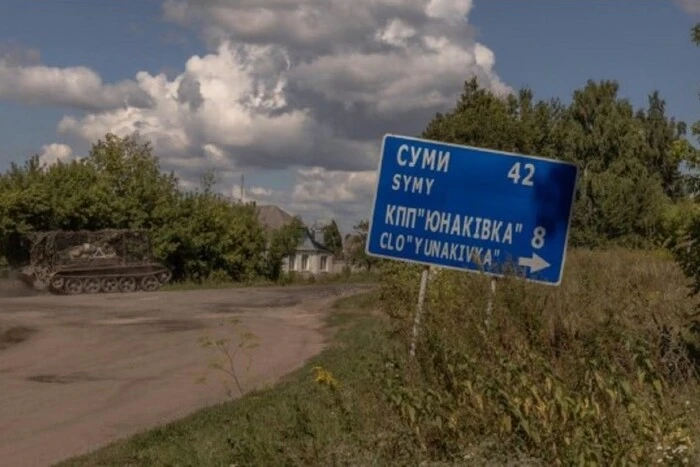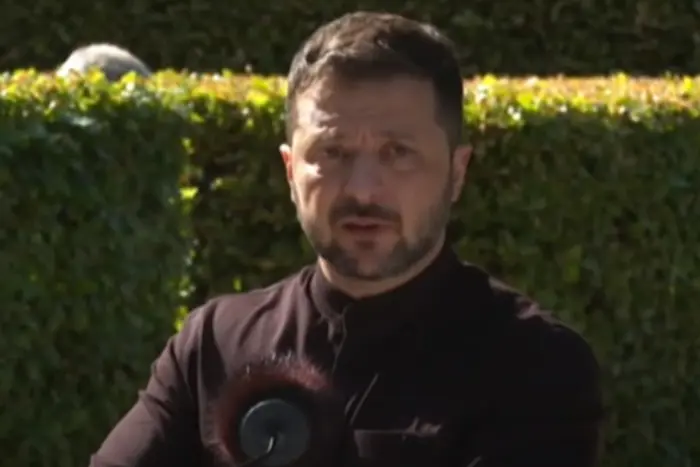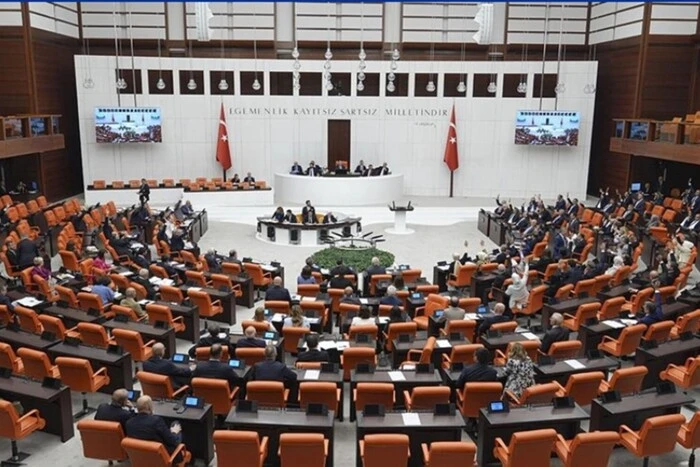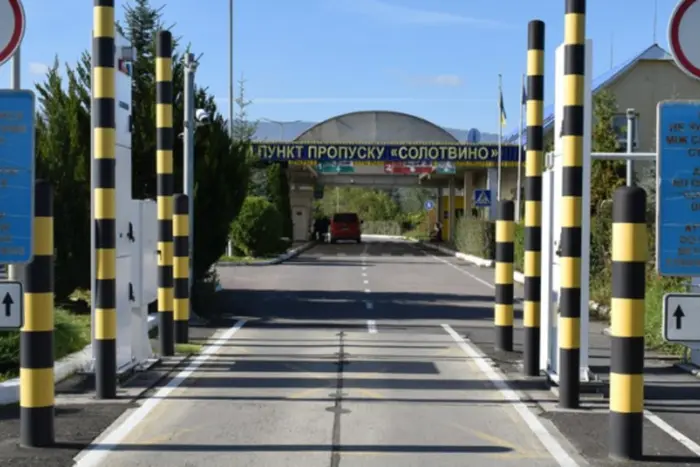Anti-drone nets. Experts explained which product needs to be purchased by frontline communities.


Residents of settlements located near the frontline demand the installation of anti-drone nets to protect their civilian objects. However, this initiative faces difficulties such as high costs, organizational problems, and a lack of clear directives from military and state structures.
Settlements located 40-50 km from the combat zone express their readiness to invest in creating anti-drone corridors instead of glass bus stops. At the end of May, the city council of Marganets planned to spend millions of hryvnias on glass stops, but this deal was canceled due to a loud public protest.
«This is expensive, and the feasibility of this approach is questionable, as it requires the ability to cover large areas. Local communities and entrepreneurs lack funds for such measures», – notes Oleksandr Solomko, researching the situation in the Yampil and Hlukhiv districts of Sumy region.
Even small businesses in frontline areas are reluctant to invest in drone protection. Until now, the military has not recorded any objects with anti-drone protection due to the high complexity and large expenses for such measures.
Conclusion
Residents of settlements near the frontline demand protection from drones by installing anti-drone nets. However, this process is complicated by financial difficulties and a lack of clear instructions from government authorities. Local communities and entrepreneurs are looking for ways to protect their territory, but so far, costs and uncertainty regarding the actions of government structures hinder the implementation of this initiative.
Read also
- The EU invests in the railway connection Lviv-Poland
- Syrskiy responded to the accusations of the commander of the 47th brigade regarding Khurschyna
- Zelensky on Trump’s conversation with Putin: not sure they have much in common
- In Denmark, Zelensky awarded the 'Future of Ukraine' honor to a foreigner for the first time
- Turkey has adopted its first climate law in history
- Temporary restrictions introduced at border crossings with Poland and Romania










